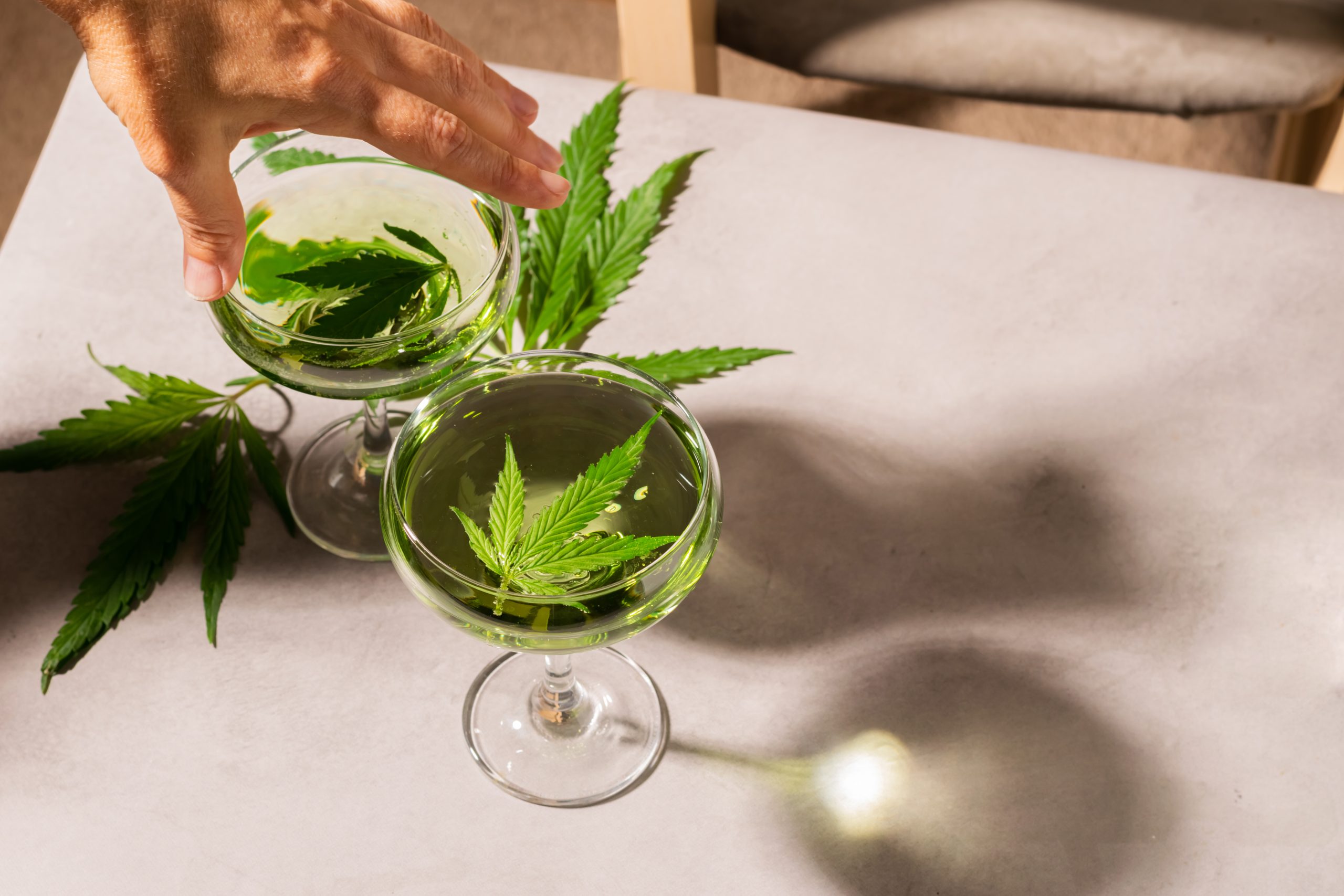If you’ve been using cannabis for a while, you might notice its effects diminishing over time. This is due to THC tolerance—when your body becomes less responsive to tetrahydrocannabinol (THC), the primary psychoactive compound in cannabis. The good news? You can manage and even reset your THC tolerance. In this guide, we’ll explore how tolerance develops, ways to manage it, and strategies to reset your body’s response to THC.
What is THC Tolerance?
THC tolerance occurs when regular cannabis users require more THC to experience the same effects. This happens because THC binds to cannabinoid receptors in the brain, and over time, these receptors can become less responsive, requiring higher doses to achieve the same “high.”
How Does THC Tolerance Develop?
The more frequently you use cannabis, the more likely you are to develop tolerance. Heavy, daily use is the fastest way to build tolerance, whereas occasional users may experience little to no change in their sensitivity to THC.
Signs You’ve Developed THC Tolerance
- Needing to consume more cannabis to achieve the desired effects
- Shorter or less intense highs
- Reduced euphoria or body relaxation
- Diminished effectiveness of medical marijuana
How to Manage THC Tolerance
1. Switch Strains
Different strains of cannabis contain various levels of THC and other cannabinoids like CBD. By switching to a strain with a lower THC percentage or a higher CBD ratio, you may lower the overall potency and give your receptors a break.
2. Adjust Your Consumption Method
Vaping, edibles, tinctures, and smoking all deliver THC differently. Changing how you consume cannabis could impact how quickly you build tolerance.
3. Microdosing
Microdosing is the practice of taking small amounts of cannabis throughout the day. This method can help users enjoy the benefits of THC without overwhelming the body, thus slowing down tolerance development.
How to Reset THC Tolerance
Sometimes, the best way to reset your tolerance is to take a break. This process is often called a “T-break” (tolerance break), and it’s one of the most effective methods for lowering THC tolerance.
1. Take a Tolerance Break
A tolerance break involves abstaining from cannabis for a set period. For many users, just a few days can result in a noticeable decrease in tolerance. Some choose to take breaks for longer, ranging from one to four weeks.
According to a Healthline article, research suggests that the body’s cannabinoid receptors reset after just two days of abstinence. For frequent users, taking a week or more off can significantly restore THC sensitivity.
2. Exercise and Hydration
Staying active and hydrated can help your body metabolize THC more effectively. Exercise, especially cardiovascular activity, can help flush THC metabolites out of your system faster.
3. Dietary Considerations
Certain foods, like those high in healthy fats (such as avocado or nuts), may help the body manage THC better. Omega-3 fatty acids are particularly useful, as they support the endocannabinoid system, which helps regulate cannabis tolerance.
How Long Should a T-Break Last?
The length of your T-break depends on your cannabis consumption habits. If you’re a light user, a break of just a few days might be sufficient. However, if you’re a daily user, consider taking a break of at least two weeks to fully reset your tolerance levels.
Conclusion
Managing THC tolerance doesn’t have to be a struggle. By switching up your routine, microdosing, and taking regular tolerance breaks, you can keep your cannabis experience enjoyable and effective. If you’re feeling like your usual dose isn’t cutting it, it might be time to try one of these strategies and get back to that ideal high.
For more detailed information on cannabis tolerance and resetting it, you can explore Healthline’s guide.





